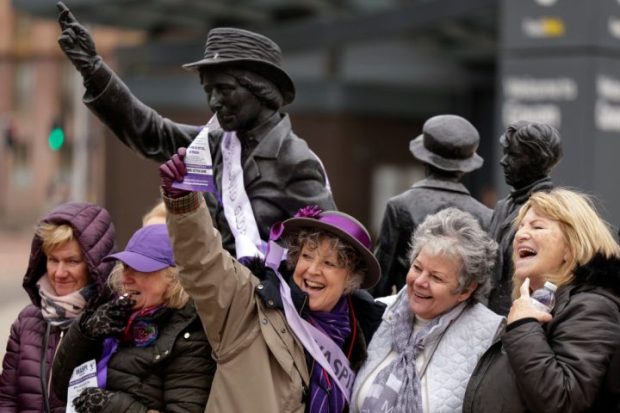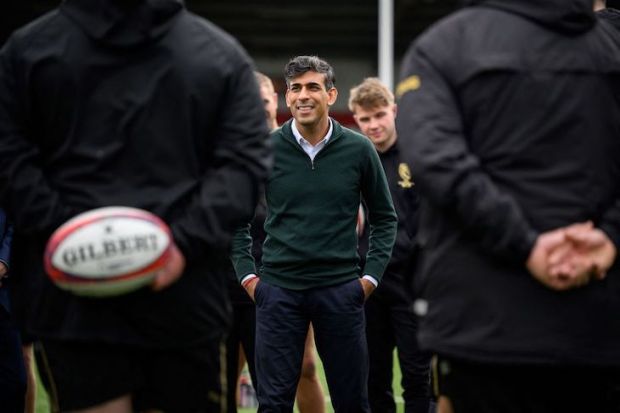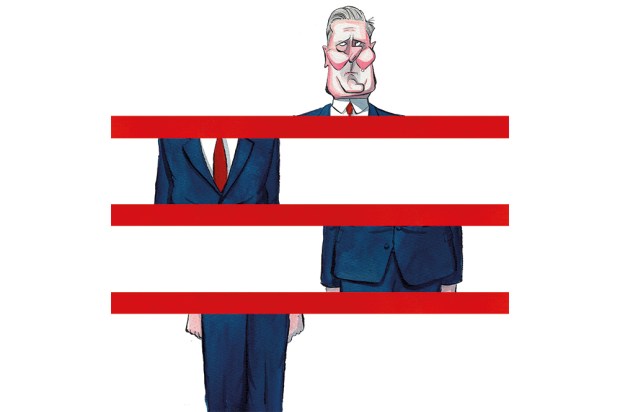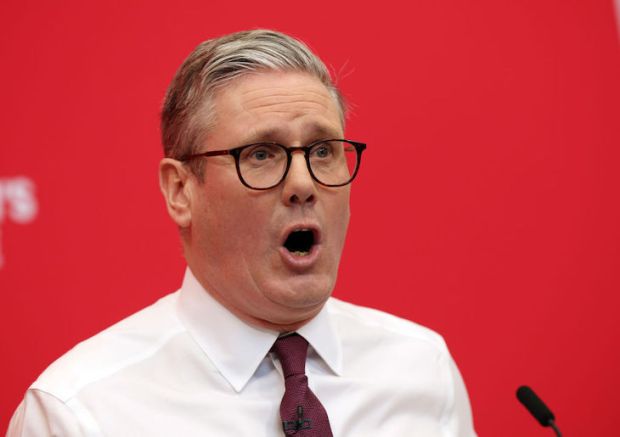Gaining a place in medical school has always been a lottery, made even more difficult for aspiring doctors this year. For those who failed to achieve their A level conditional offer grades, this will come as a hard blow and may seem grossly unfair.
Some students are entitled to feel victims of the A level grade inflation in 2020 and 2021 when exams were cancelled due to the Covid pandemic and acceptance to medical school was determined by over-generous teacher-assessed predicted grades. As the government returns the cap on the number of medical school places to approaching pre-pandemic levels, fewer places have been offered to students for 2022 entry and examination boards have been directed to reduce the number of top grades. For England, Wales and Northern Ireland, A and A* grades have been reduced from 45 to 36 per cent. This year’s students are no less bright than those in the previous two years but will achieve poorer grades and fewer opportunities as a result of these manipulations. Meanwhile, medical schools are still demanding top grades.
During the acceptance bulges of 2020 and 2021, some medical schools invited students to defer their starting date by one year because they could not cope with the unexpectedly high number of students. Some even offered financial incentives either to delay or to move to other medical schools.
The cap on medical school places is now back to 7,500 in England. The government has even refused to extend the cap to accommodate students deferred from 2021 thus reducing the number of training places available for 2021/2022 applicants. These students have received no compensation for the reduced A level teaching provided as a result of school closures during the pandemic and variably efficient online learning.
Meanwhile most medical schools continue to offer 7.5 per cent of their places to international students because they pay higher fees than UK students.
The medical student cap exists only because of the cost of teaching more students, despite the fact that the NHS is desperately short of doctors. The government was quoted this week as saying that ‘the cap is regularly reviewed to ensure it meets the needs of our NHS.’ This comment amounts to hypocrisy of the highest order because the government knows that for the past decade the UK has been forced to recruit an ever-increasing number of doctors from abroad to meet the needs of the NHS. In 2021, a staggering 63 per cent of doctors registering with the General Medical Council for the first time qualified abroad. There were 7,377 UK graduates, 2,591 from EEA schools and 10,009 International Medical Graduates from countries outside Europe. Between 2016 and 2021, the GMC has recruited 53,296 doctors from abroad.
The good and the great who run our medical schools, the medical Royal Colleges and the governing Medical School Council are perfectly aware of this data. They pay lip service to the need for more UK medical schools but never, as supporting evidence, mention that since 2018, we have imported more doctors than we have trained. They are self-constrained by political correctness as they promote each other around the circuit of influential jobs. They form an elite club, some of whom have not worked at the bedside for years. The few who see themselves in line for a gong definitely won’t challenge government policy. The golden rule for promotion is to make small waves to remind others of your presence but never rock the boat.
Successive governments with their short-termist views have long realised that it is cheaper to import medical graduates from abroad than to train our own. The only exception in the recent past are the five new medical schools commissioned in 2018 by Jeremy Hunt, then Secretary of State for Health. These new schools will graduate a total of 1,500 doctors annually, the first in 2023/4. They will form a drop in the ocean of the needs of the NHS.
Meanwhile the GMC continues at pace to recruit doctors from low-income counties to plug gaps in the NHS. They come mostly from countries with patient/doctor ratios well below World Health Organisation recommendations. These doctors are desperately needed in their home countries to provide essential services. This raises serious moral and ethical issues.
The UK is a signatory and therefore in breach of the WHO code of practice on international recruitment of health workers which states that ‘member states should discourage active recruitment from developing countries facing critical shortages of health workers.’
Not creating more UK medical schools amounts to a tragedy for students, the NHS and for patients. We have a wealth of home-grown talent desperate for the opportunity to train as doctors. One way or another, medical education and staffing of the NHS are a disaster and no one seems to care enough to plan the changes necessary. We need more UK trained doctors and more UK medical schools.
Got something to add? Join the discussion and comment below.
Get 10 issues for just $10
Subscribe to The Spectator Australia today for the next 10 magazine issues, plus full online access, for just $10.




















Comments
Don't miss out
Join the conversation with other Spectator Australia readers. Subscribe to leave a comment.
SUBSCRIBEAlready a subscriber? Log in